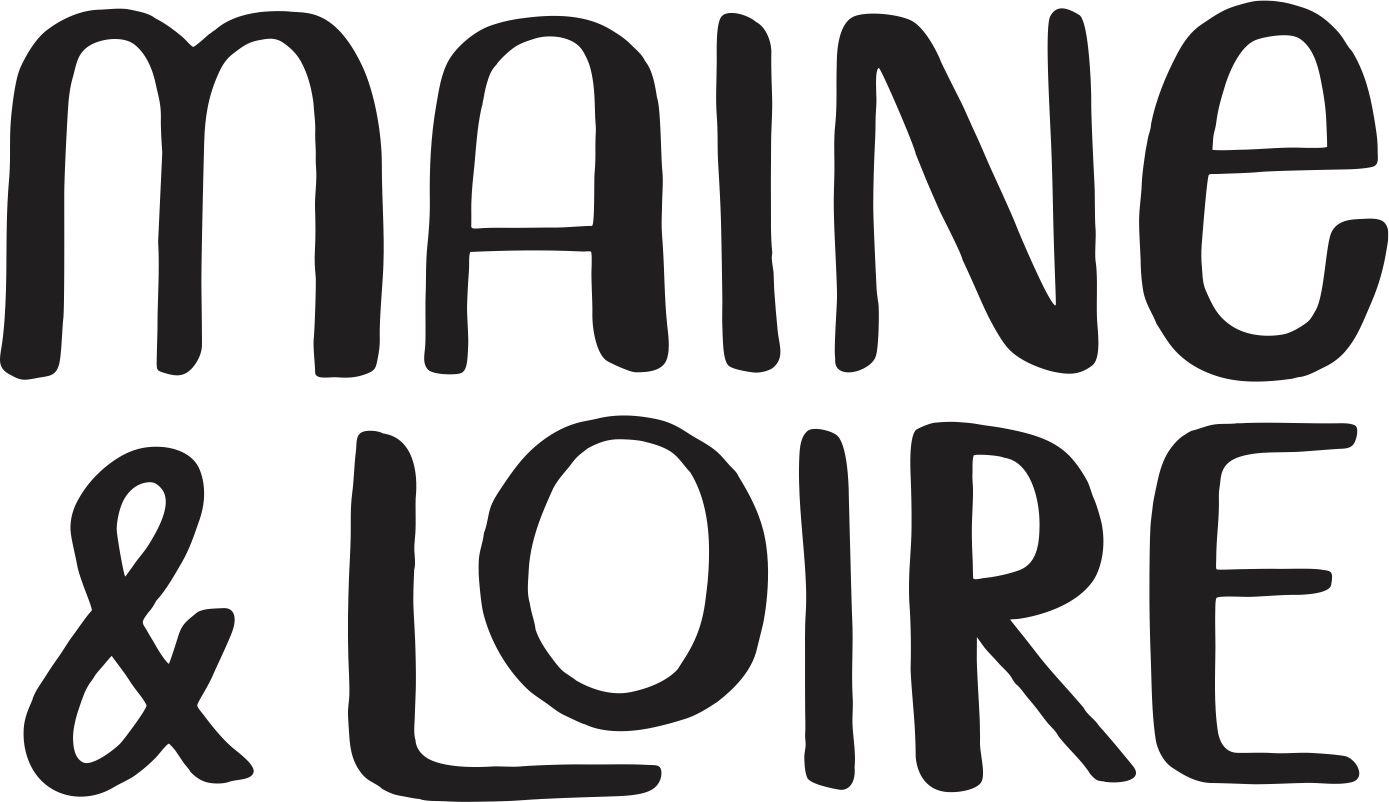Bruno Dangin ‘Cuvée Rosée’ Rosé Brut NV
Location: France, Burgundy
Winemaker: Bruno Dangin
Grapes: Pinot Noir
Soil: Clay, limestone
Winemaking: Fermented with native yeasts for primary fermentation, in tank. Secondary ferment in bottle. Aged 30 months in bottle. Dosage around 8 g/L.
From us at M&L: ‘Cuvée Rosée’ comes from 30+ year old vines, the rosé version of ‘Cuvée Blanche’. One of the best dupes for Champagne at a fraction of the price.
The Dangin family actually goes back to Champagne, where Joseph Dangin, Bruno’s grandfather, was cultivating his family’s vine holdings in Aube around the beginning of the 1900s. This was passed down several generations until 1976, when Bruno Dangin, after finishing his oenology studies, returned to the then-called Paul Dangin et Fils in Aube. During his many years working the family land—which then totaled about 50 hectares—he grew more and more intrigued by organic farming, and wanted to work without chemicals. Due to the size of the Dangin estate’s holdings he knew he needed to strike out on his own.
He ended up settling in Molesme (just outside of the Aube in the Côte d’Or) and Domaine Bruno Dangin began in 2011. The estate only totals about 5 hectares, all certified organic; these vineyards were actually used for Champagne production not that long ago. His son Matthieu joined him some years later. In the cellar, everything is very traditional—tank and bottle fermentations and aging for their nonvintage wines, with oak used for their higher-level cuvées. Sulfur additions are kept low.
Location: France, Burgundy
Winemaker: Bruno Dangin
Grapes: Pinot Noir
Soil: Clay, limestone
Winemaking: Fermented with native yeasts for primary fermentation, in tank. Secondary ferment in bottle. Aged 30 months in bottle. Dosage around 8 g/L.
From us at M&L: ‘Cuvée Rosée’ comes from 30+ year old vines, the rosé version of ‘Cuvée Blanche’. One of the best dupes for Champagne at a fraction of the price.
The Dangin family actually goes back to Champagne, where Joseph Dangin, Bruno’s grandfather, was cultivating his family’s vine holdings in Aube around the beginning of the 1900s. This was passed down several generations until 1976, when Bruno Dangin, after finishing his oenology studies, returned to the then-called Paul Dangin et Fils in Aube. During his many years working the family land—which then totaled about 50 hectares—he grew more and more intrigued by organic farming, and wanted to work without chemicals. Due to the size of the Dangin estate’s holdings he knew he needed to strike out on his own.
He ended up settling in Molesme (just outside of the Aube in the Côte d’Or) and Domaine Bruno Dangin began in 2011. The estate only totals about 5 hectares, all certified organic; these vineyards were actually used for Champagne production not that long ago. His son Matthieu joined him some years later. In the cellar, everything is very traditional—tank and bottle fermentations and aging for their nonvintage wines, with oak used for their higher-level cuvées. Sulfur additions are kept low.
Location: France, Burgundy
Winemaker: Bruno Dangin
Grapes: Pinot Noir
Soil: Clay, limestone
Winemaking: Fermented with native yeasts for primary fermentation, in tank. Secondary ferment in bottle. Aged 30 months in bottle. Dosage around 8 g/L.
From us at M&L: ‘Cuvée Rosée’ comes from 30+ year old vines, the rosé version of ‘Cuvée Blanche’. One of the best dupes for Champagne at a fraction of the price.
The Dangin family actually goes back to Champagne, where Joseph Dangin, Bruno’s grandfather, was cultivating his family’s vine holdings in Aube around the beginning of the 1900s. This was passed down several generations until 1976, when Bruno Dangin, after finishing his oenology studies, returned to the then-called Paul Dangin et Fils in Aube. During his many years working the family land—which then totaled about 50 hectares—he grew more and more intrigued by organic farming, and wanted to work without chemicals. Due to the size of the Dangin estate’s holdings he knew he needed to strike out on his own.
He ended up settling in Molesme (just outside of the Aube in the Côte d’Or) and Domaine Bruno Dangin began in 2011. The estate only totals about 5 hectares, all certified organic; these vineyards were actually used for Champagne production not that long ago. His son Matthieu joined him some years later. In the cellar, everything is very traditional—tank and bottle fermentations and aging for their nonvintage wines, with oak used for their higher-level cuvées. Sulfur additions are kept low.

